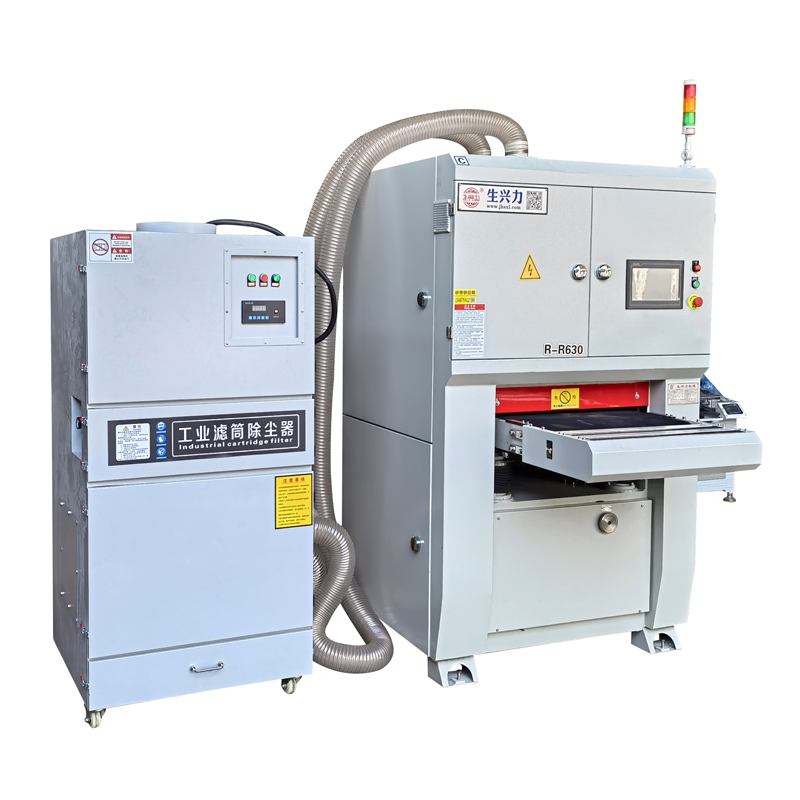

Transverse bending is produced after the slitter, that is, sickle bending. The reasons for this phenomenon are:
1, bending of raw materials: the stress of the steel plate in the rolling process is not completely eliminated, the stress is released after the longitudinal shear and bending, when the intermediate stress of the plate is released to both sides, the slats are bent to the outside; When the stress on both sides of the plate is released to the middle, the slats bend to the middle.
2. Bending due to burrs: when slitting, due to improper adjustment of the blade gap, the burrs are larger, and when winding, there are burrs on the edge, which is equivalent to a larger plate thickness, resulting in edge stretching and bending.
3, the upper and lower blade gap is unbalanced and bending: when the left and right gap is large, the local indentation is also large, and the extension is larger than the left and right gap is small, so it is bending
4, bending caused by uneven tension: when winding, the same tension is promised to be applied on the entire format of the steel plate. Bending occurs if the tension is concentrated on one side
5, due to the rapid movement of the correction device caused by bending: during the processing process, if the speed of mobile correction is too fast, the side of the contact with the correction will be partially extended and bent.
If the sheet material bends after shearing, it will seriously affect the quality of the sheet winding, so attention must be paid to eliminating, and attention should be paid to the rolling of the sheet itself, equipment adjustment, operation methods and other reasons
First determine whether it is the defect of the raw material itself, and then the manufacturing accuracy and adjustment of the slinting machine itself, and then the setting of the tightening device, the control of the winding tension, etc., may be one of the reasons, or it may be a comprehensive reason.
